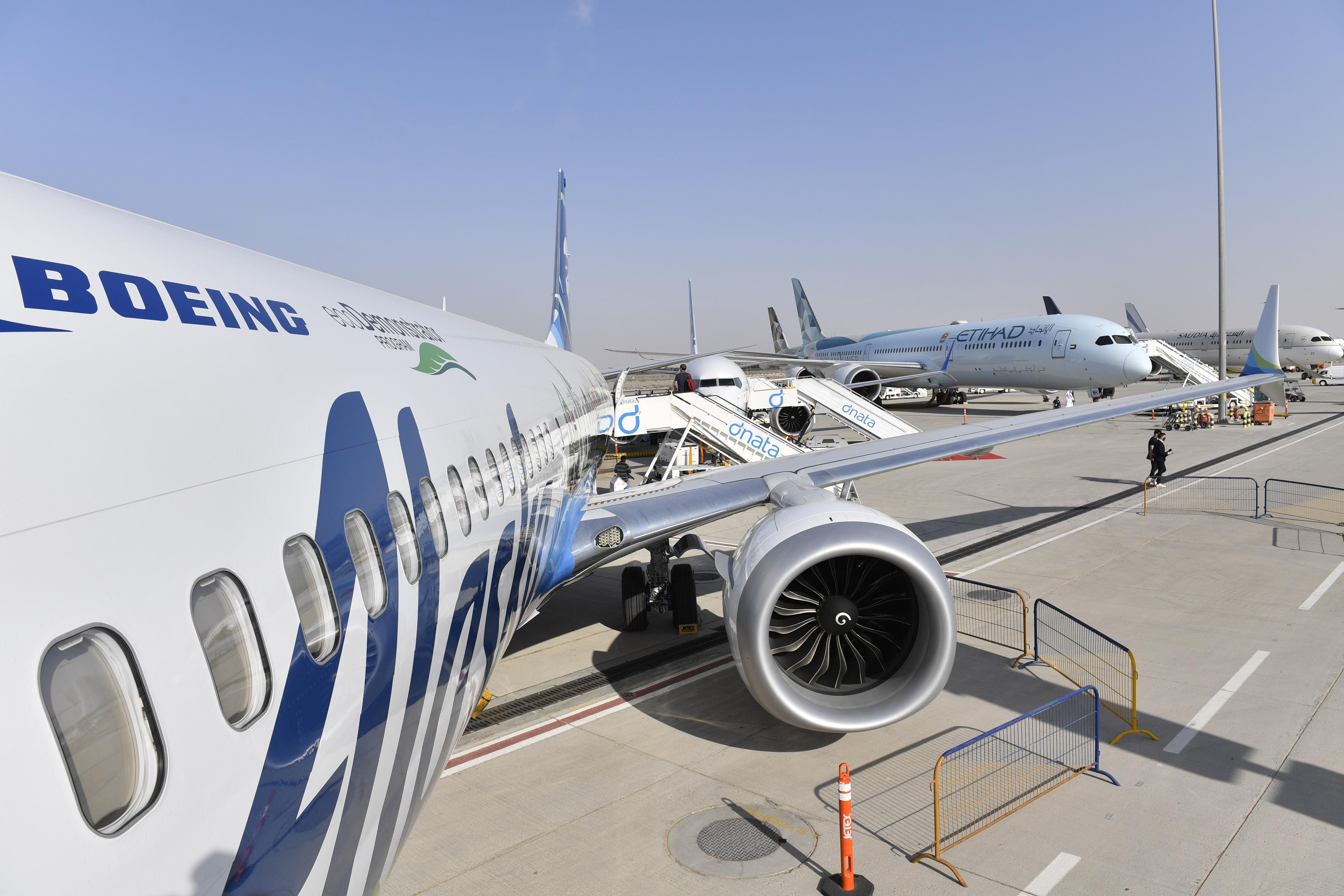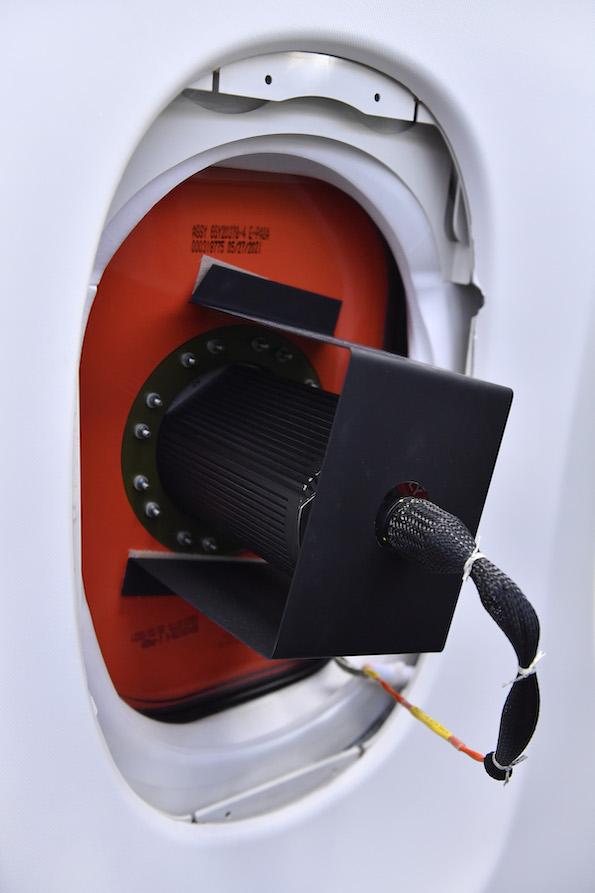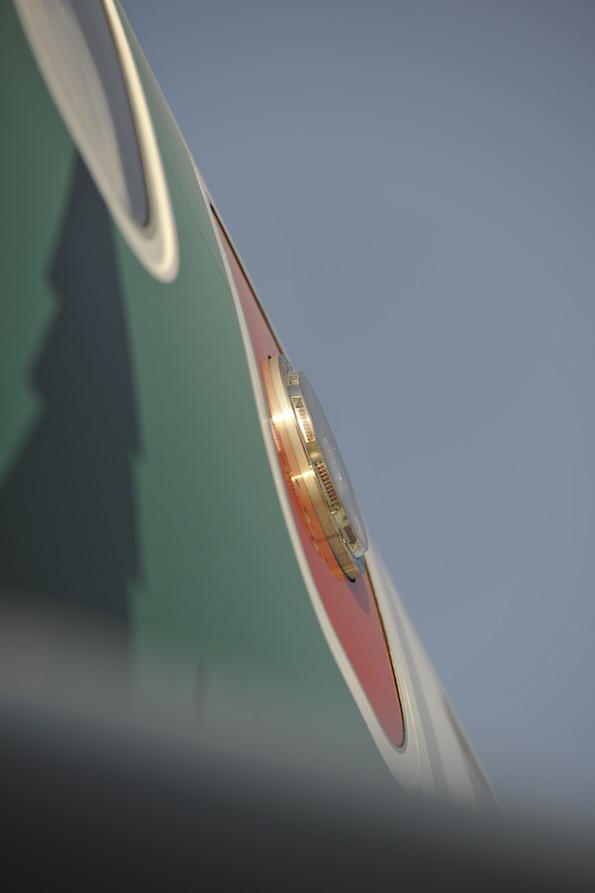Enhanced Angle-Of-Attack System Set For 737-10 Flight Tests
Guy Norris November 18, 2021Enhanced angle-of-attack system tests will take place on a Boeing 737-10 in 2022.Faulty AOA data was a factor in two fatal 737-8 accidents that led to the grounding of the MAX family in March 2019. The aircraft was cleared to return to service in late 2020, pending design changes that included modifications to the existing AOA system and the longer-term development of further enhancements.
Both accidents were linked to problems with the maneuvering characteristics augmentation system (MCAS) software added to the 737 MAX. The MCAS, which automatically adjusts the horizontal stabilizer based on AOA data, was added to the 737’s speed trim system to ensure the MAX handled like its predecessor, the 737 Next Generation, during certain flight profiles.
In the two fatal accidents—involving Lion Air Flight 610 in October 2018 and Ethiopian Airlines Flight 302 in March 2019—the MCAS activated based on faulty AOA data that told the aircraft’s flight control software its nose was too high just after takeoff. Neither crew reacted as Boeing’s hazard assessment anticipated, and both aircraft crashed after uncontrollable dives triggered by repeated MCAS activations.
Among FAA-mandated changes Boeing made to the MCAS is a way to ensure the two sensors compare AOA readings and are within 5.5 deg. before triggering nose-down stabilizer inputs. Although the European Union Aviation Safety Agency (EASA) originally pushed for the addition of a third sensor to calculate a reading independently to supplement the two existing ones, it subsequently agreed last January to allow the MAX to return to service after Boeing committed to develop a “synthetic” sensor pulling AOA data from different sources.
“We’re putting more monitors onto the airplane, which would catch any kind of erroneous AOA indication that you would have, and then we’re also adding a switch,” Mike Fleming, senior vice president of commercial customer support and commercial derivative programs, says of the 737 MAX return to service. “Even after all these monitors that we added into the airplane, if, for whatever reason, you have an erroneous AOA indication, and you got the stickshaker which tells you you’re approaching a stall, the pilots could shut that off.”
The enhanced system will monitor five different parameters “that will help us determine whether we have an erroneous signal or not,” Fleming said at the Dubai Airshow, updating Boeing’s progress. “And then, if we determine that we have an erroneous signal, we’ll suppress that, and you won’t get the issue.”
The revised system will be flight-tested on the 737-10 in 2022 and is likely to be rolled in as a retrofit to the MAX following certification of the stretched derivative, planned for 2023. Flight tests of the baseline 737-10, which began with the first flight on June 18, are going well, Fleming says. A third test aircraft focused on cabin and interior systems evaluations is eventually expected to join the two now in the program, he notes.
Boeing has also completed flight tests of the shorter-fuselage 737-7 and has “finalized all of our paperwork associated with the certification with the FAA on that airplane,” Fleming says. “We are getting very close, from our perspective, to having our work done, but of course in all cases the regulators decide when we’re complete and whether they need any more information from us. We still expect to get that airplane certified and be able to make deliveries in the 2022 time frame.”
Gallery: Boeing Showcases 737-9 EcoDemonstrator
Boeing is evaluating a new set of 20 discrete technologies on the latest aircraft to feature in the ecoDemonstrator program—a 737-9 on loan from Alaska Airways. Mike Sinnett, vice president and general manager of product development for Boeing Commercial Airplanes, says sustainability is emerging as an increasingly important design parameter for the next new aircraft. The aircraft is being used as a testbed for more environmentally friendly technologies, as well as some that may cut operating costs. It is simultaneously used for scientific measurement campaigns.
All images credit of Mark Wagner/Aviation Images


























Ingen kommentarer:
Legg inn en kommentar
Merk: Bare medlemmer av denne bloggen kan legge inn en kommentar.